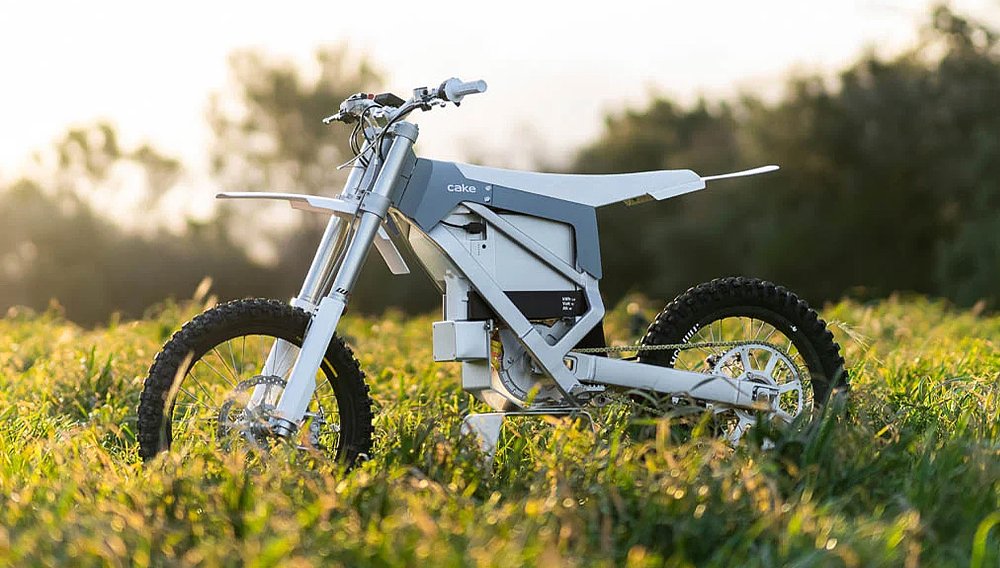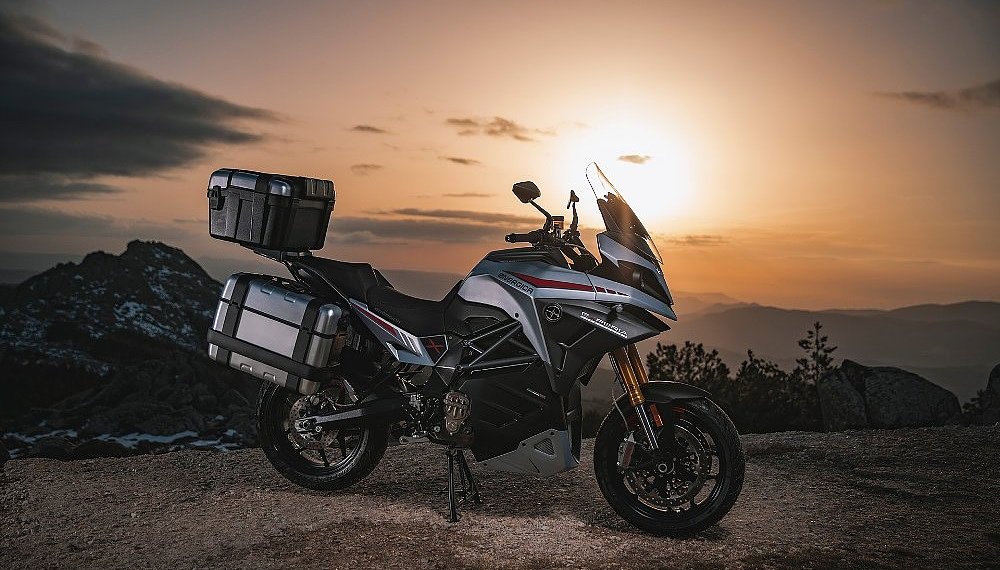Today’s electric motorcycle segment is a tale of two markets.
It’s the best of times, it’s the worst of times. It’s the age of innovation, it’s the age of insolvency. For many, it’s a period of risk. For a few, it’s a period of reward. Recent developments only magnify the asymmetric state of the industry.
Bad news first
Bankruptcy among electric motorcycle startups is nothing new. From Alta to Sondors, from CAKE to Energica, electric moto makers are folding at an accelerated rate. Now, two more manufacturers are struggling to stay afloat. One of which is backed by the mighty Harley-Davidson.
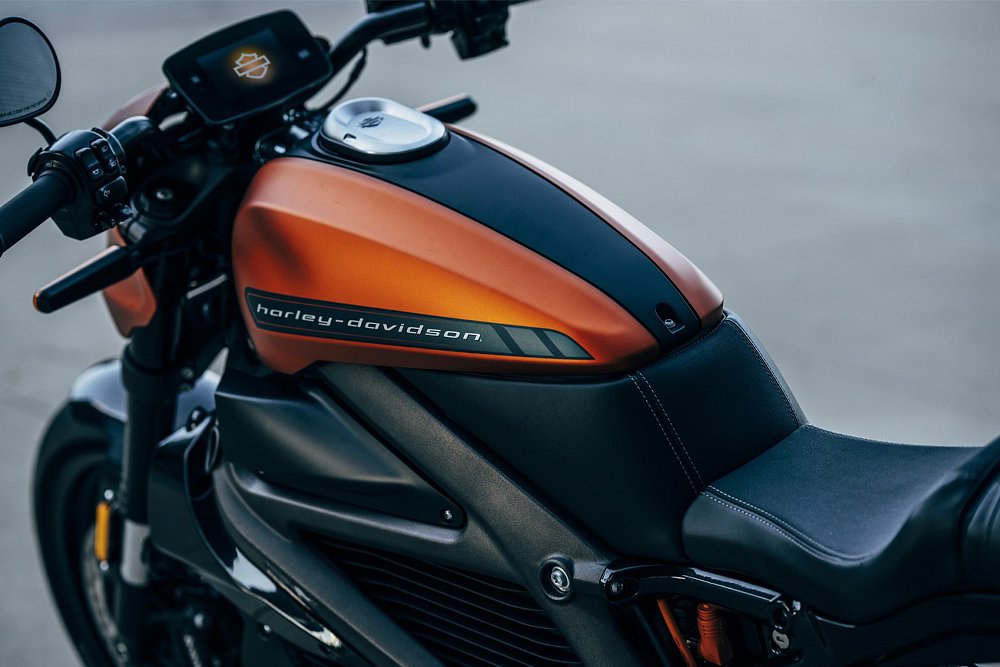
LiveWire needs no introduction. Despite the Motor Company branching its electric arm off as a subsidiary, the two are inseparable in the minds of consumers. By May 2024, they became geographically inseparable when LiveWire closed its facility in Silicon Valley and moved all operations back to Harley’s Milwaukee headquarters. Common Tread editor, Lance, called it "the corporate equivalent of moving back into your parents’ basement.” If that’s the case, then Harley could be close to cutting off its prodigal offshoot altogether. That’s due, in part, to LiveWire’s waning sales.
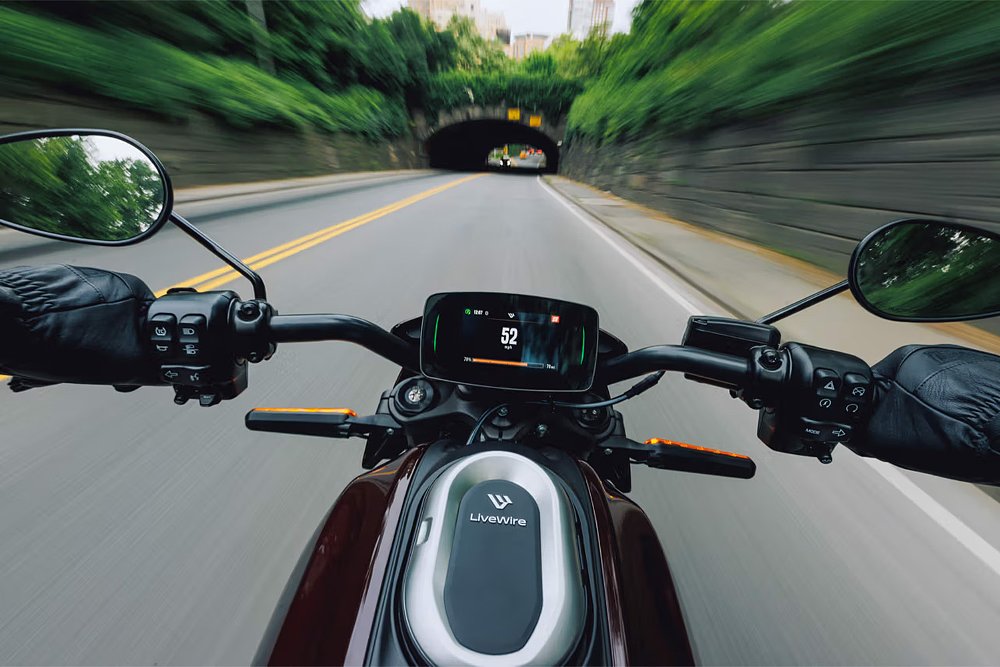
The firm sold 612 motorcycles in 2024, which accounted for a 7% dip compared to the previous year. Sales didn’t recover in the first three months of 2025, either. In fact, they plummeted, with LiveWire selling just 33 motorcycles in the quarter, a 72% decline (compared to Q1 2024).
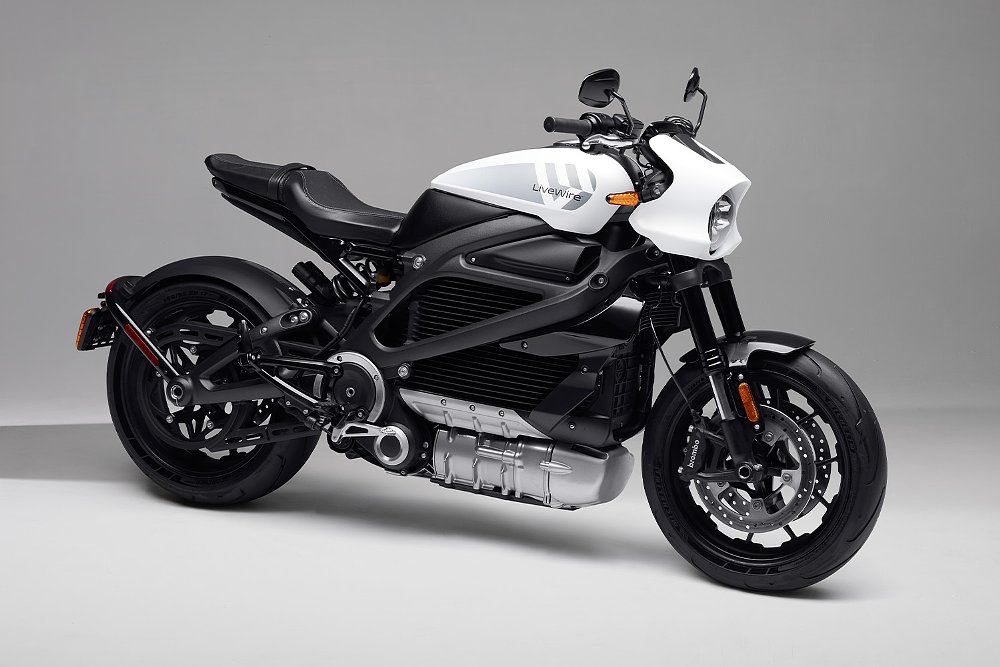
Those disappointing results prompted H-D CEO Jochen Zeitz to tell investors that Harley hasn’t committed to funding LiveWire beyond the $100 million loan agreement struck in 2024. With the electric OEM reporting a $20 million operating loss in Q1 2025, it seems like LiveWire’s days could be numbered. It isn’t the only publicly traded manufacturer in financial straits.
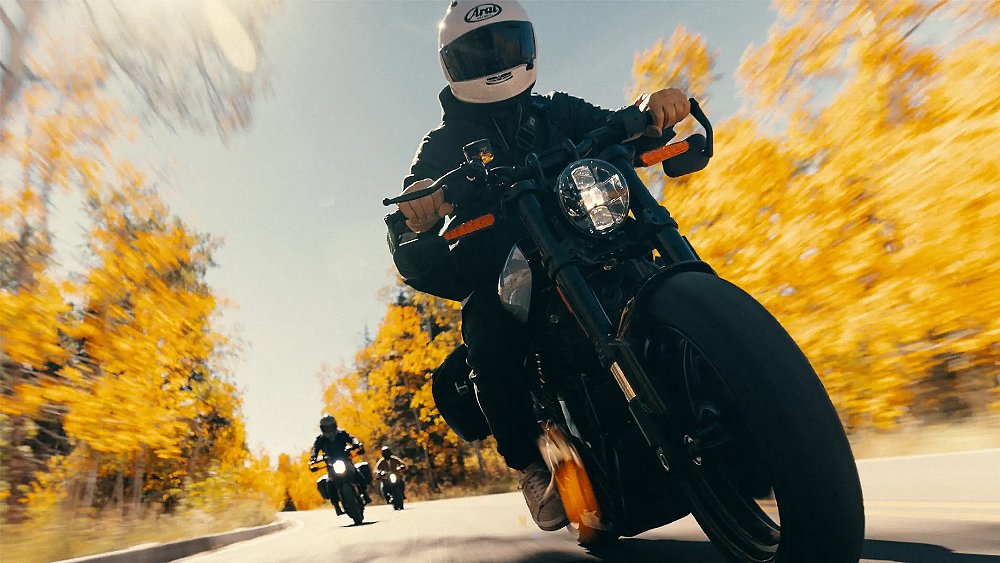
Damon Motorcycles burst onto the scene at CES 2020 when it announced the Hypersport, a 200-horsepower electric sport bike with a claimed 200-mph top speed and 200-mile range. It seemed too good to be true. That’s because it was. Originally scheduled to release in mid-2020, not one Hypersport has shipped to Damon customers by mid-2025. The most recent update from new management says the company will begin producing motorcycles in 2026, but Damon is still struggling.
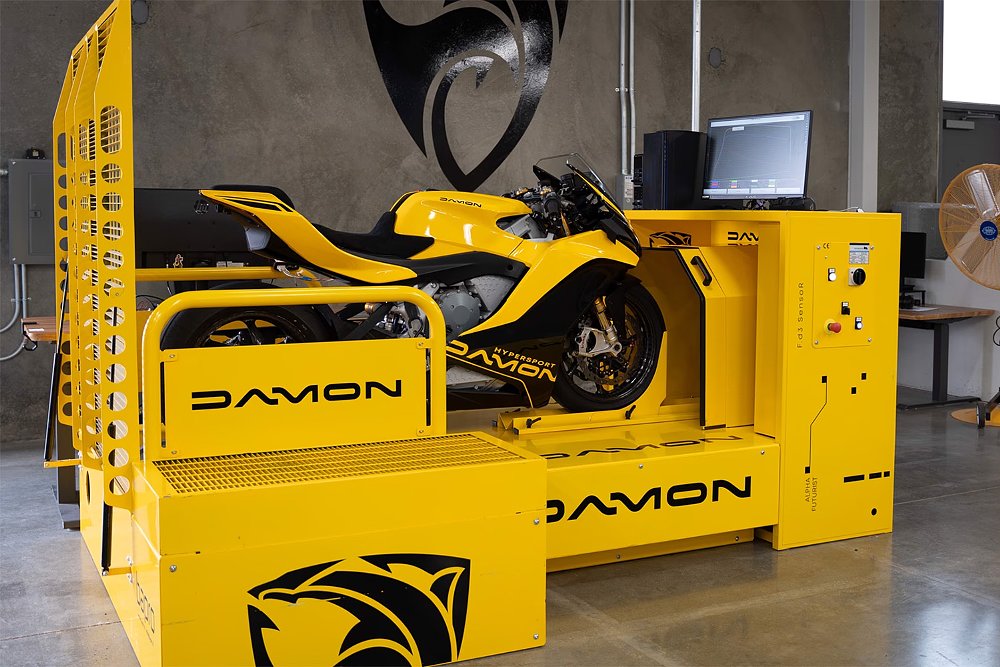
The company’s stock began trading on Nasdaq in late 2024, but its shares are now worth a fraction of a penny. Back in April, Nasdaq informed Damon that it would delist the stock due to its poor performance. It did so by mid-May, after which Damon shares started trading on the lower-tier over the counter (OTC) market. While the departure of former CEO Jay Giraud and the return of Dominque Kwong as CEO mark a new chapter for Damon, it still faces heavy headwinds.
In a recent press release, the company acknowledged that it reduced its monetary “burn rate through strategic headcount reductions and expenditure management.” That’s one flowery way of saying it fired employees to save money. At the same time, Damon believes it can expand “beyond motorcycles to include other personal mobility products and technology solutions with licensing opportunities and data intelligence applications.” Damon has yet to produce a single motorcycle. Maybe now isn’t the time to focus on expansion.
It's clear to see. Fortune hasn’t favored LiveWire or Damon, but there are two companies benefiting from more than a stroke of luck.
Shining examples
The term “unicorn” is often thrown around in Silicon Valley. It generally refers to startups valued at or over $1 billion. Stark Future’s valuation may only be $515 million, but the Barcelona brand has been the proverbial unicorn of the electric motorcycle market as of late. There are several reasons for its success. Leading the list is the VARG MX.

The e-motocrosser is a rare example of an electric motorcycle matching, or surpassing, the performance of its internal combustion rivals. Listed at 80 horsepower, it makes more power than any model in the class — gas or electric. Weighing 260 pounds, it’s close to the curb weight of a 450 cc dirt bike. Starting at $12,999 (currently on sale for $9,999), it costs as much as a KTM motocrosser.
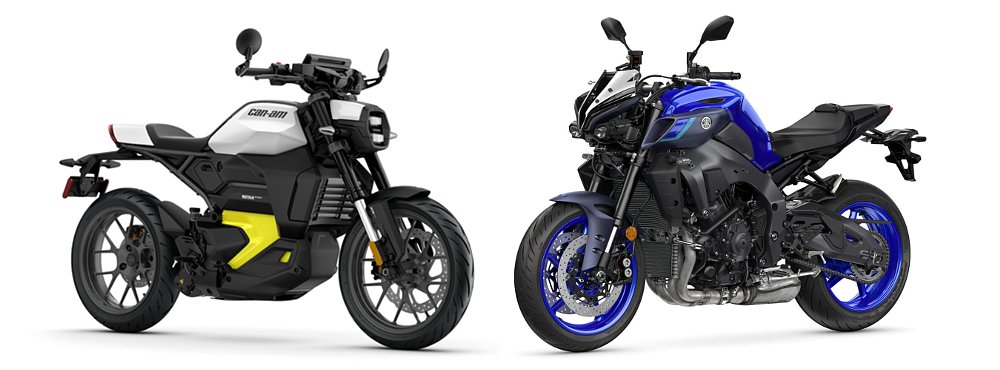
The VARG MX didn’t just look good on paper; it rode well on the track. That much was evident from the rave reviews that preceded its initial release. With all those factors falling in its favor, it’s no wonder trail and MX riders have flocked to the platform. The firm has the financials to prove it, too.
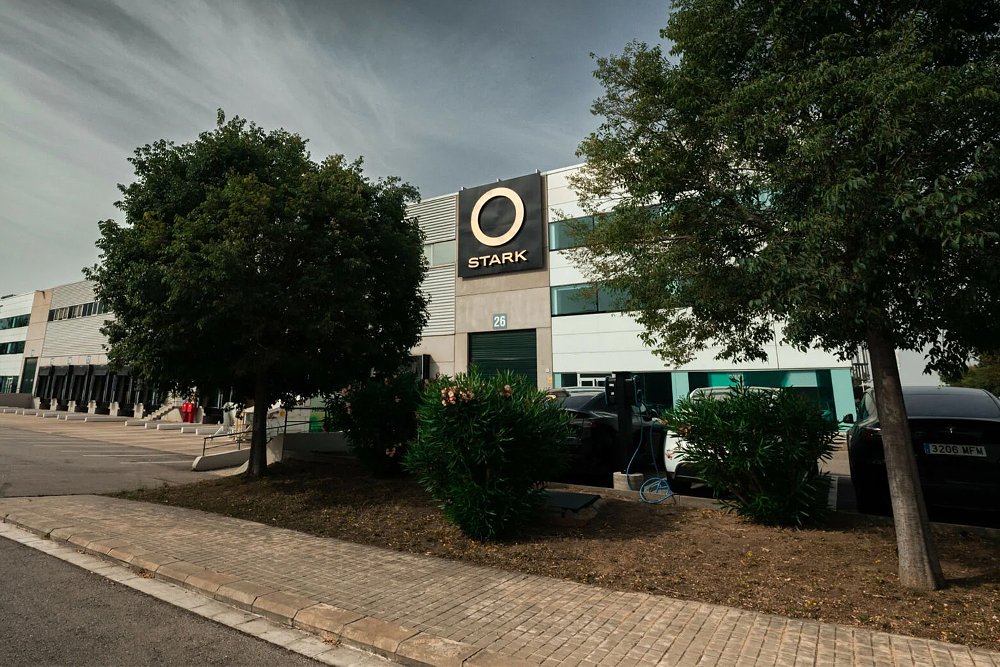
Per Stark, it reached profitability in mid-2024, a major milestone for any startup, especially in the electric two-wheeler space. It only stoked more sales by announcing its first street-legal model, the VARG EX, in late 2024.
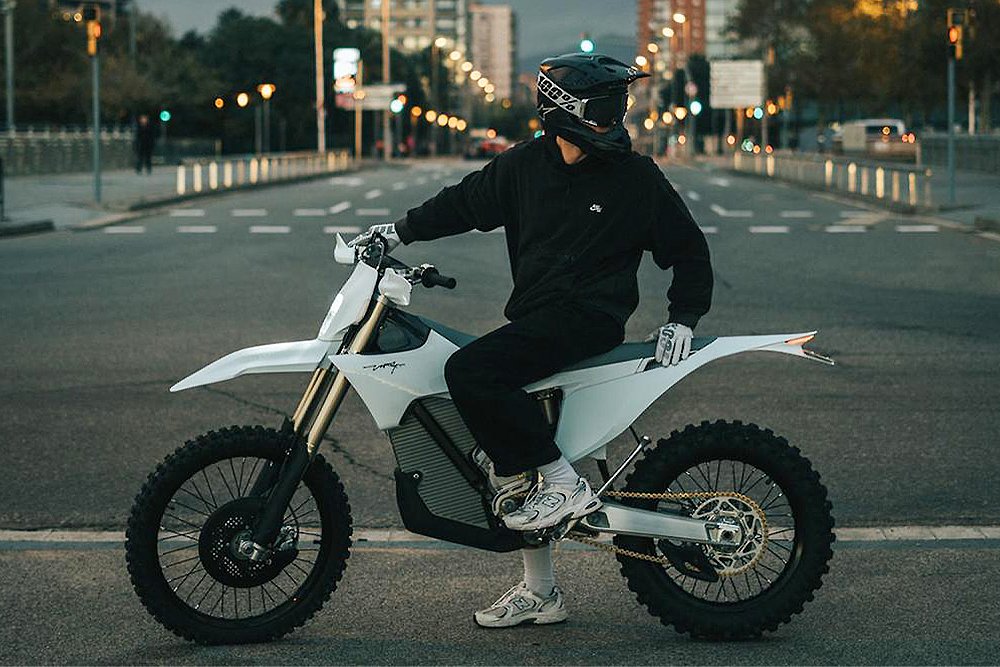
The new offering helped Stark record its highest monthly revenue in April 2025, raking in €18.3 million ($20.6 million) while netting a positive EBITDA of €2.8 million ($3.16 million). To capitalize on its momentum, Stark plans to expand its portfolio by offering more road-going options in the years to come.
Introducing street bikes could broaden Stark’s business, but it also requires meeting different homologation standards in various countries. That’s something the firm openly struggled with during its VARG EX rollout (see video above). Such an expansion would also welcome the very challenges that plague many of today’s road-legal electrics (range, weight, charging rates, etc.). Seemingly, there’s only one manufacturer that’s managed those challenges while sustaining sales over the years.
Zero Motorcycles has been a fixture in the segment for nearly two decades. There's more than one reason why. Zero CEO Sam Paschel attributes that longevity to the "discipline to make tough decisions in a volatile industry." Considering the rate of attrition, that's a fair assessment. However, something tells me that steady investment is a strong driver, too. Partners like Polaris and India’s Hero MotoCorp helped provide financing to the tune of $107 million in 2022, but it's the brand’s latest $120 million funding round (secured in late 2024) that's allowing it to expand into new markets.
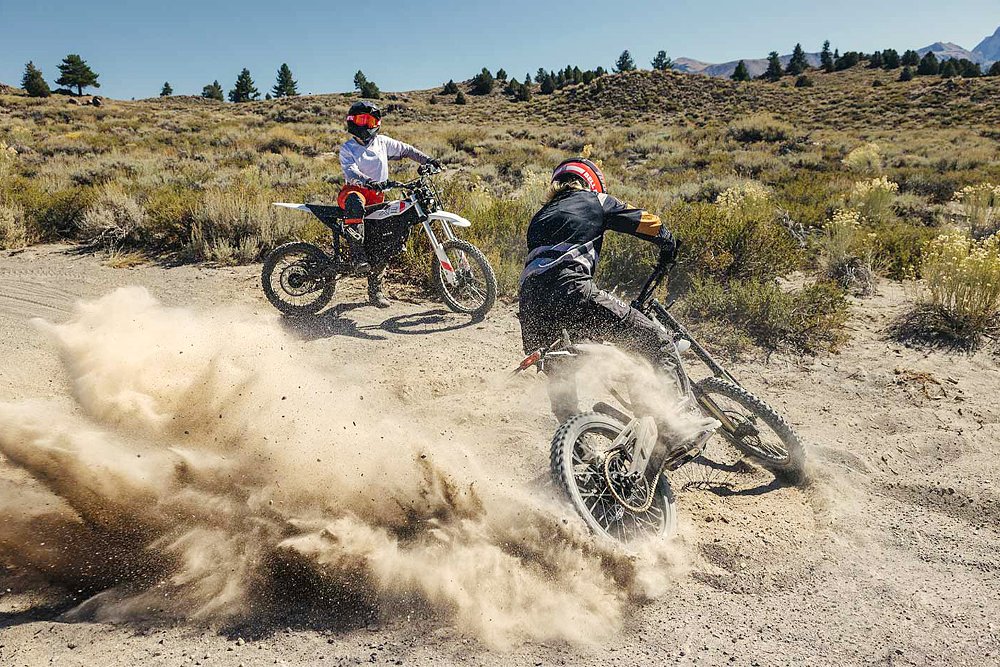
Zero’s 10-bike lineup already included ADVs, naked bikes, dual-sports, and supermotos. Now, the marque will cater to a younger crowd with two entry-level off-road offerings, the XB and XE. They’re the first of the six sub-$10,000 models that Zero plans to launch in the next two years. That’s an ambitious plan, especially as traditional OEMs remain reluctant to enter the field.
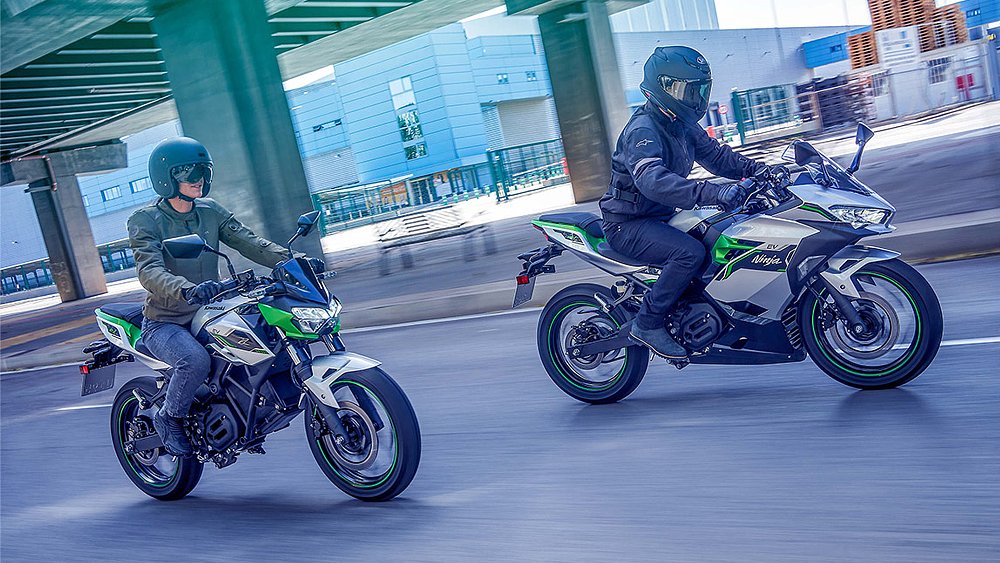
Trigger shy
Motorcycle manufacturers are quick to showcase their electric motorcycle concepts. It’s a different story when it comes to mass producing them. We’ve seen our share of prototypes over the years. There was Husqvarna's E-Pilen in 2021 and Triumph’s TE-1 from 2022. Ducati's been developing its MotoE race bike, the V21L, since 2023. None of which amounted to a production model.
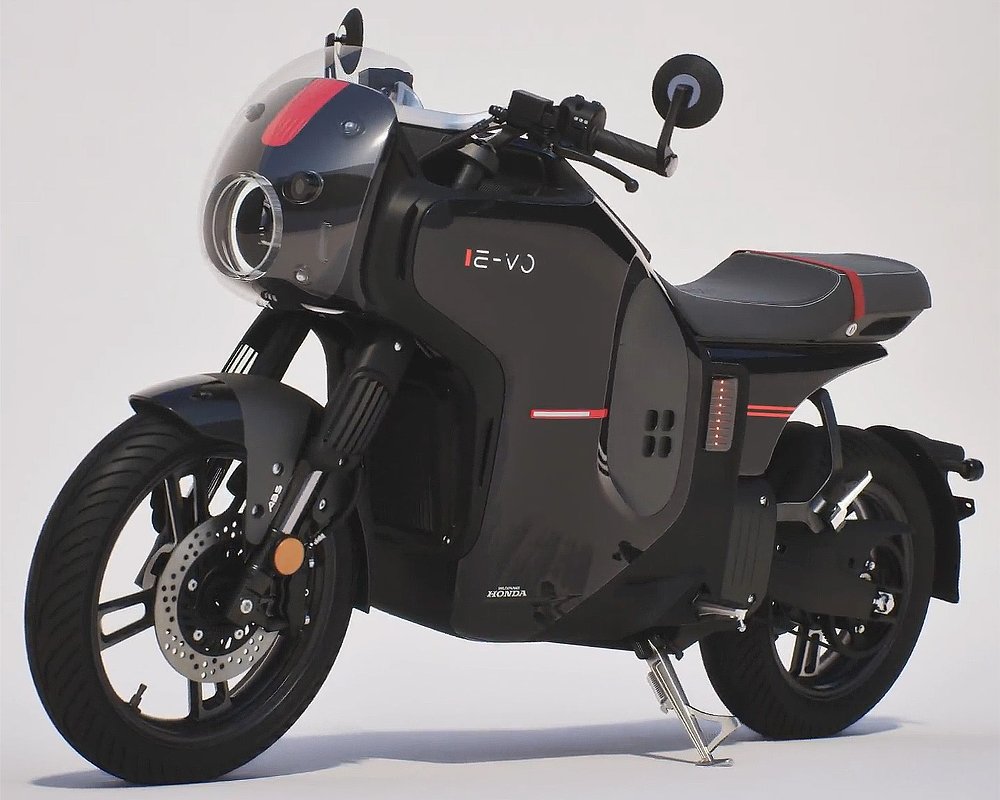
Royal Enfield and Honda were the latest marques to unveil electric concepts. The former presented its Flying Flea C6 at CES 2025. The latter revealed its FUN EV prototypes at several trade shows. The difference is, both OEMs are poised to bring road-ready versions to market before spring 2026. That’s just around the corner, but if more brands bite the dust, there’s no telling what the ever-changing electric motorcycle market could look like by then.

 Membership
Membership








